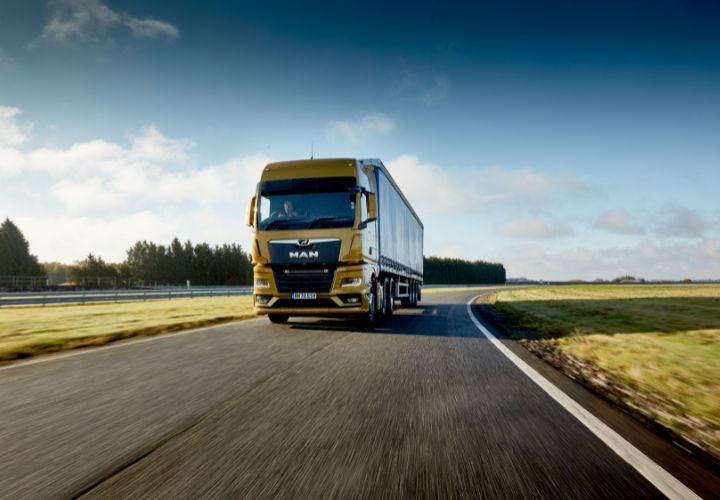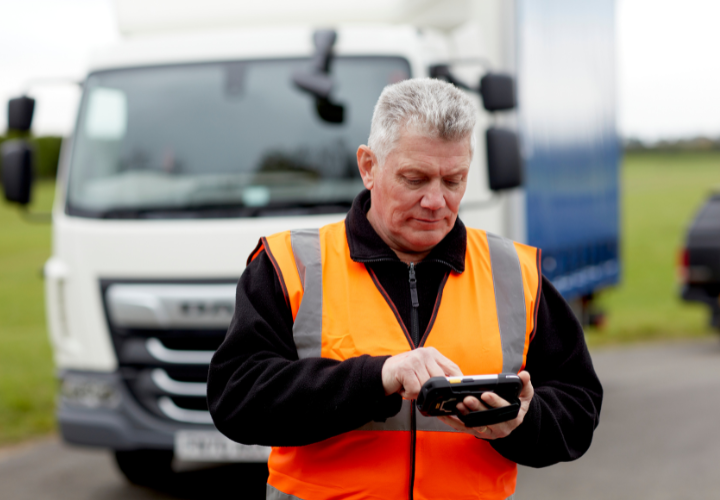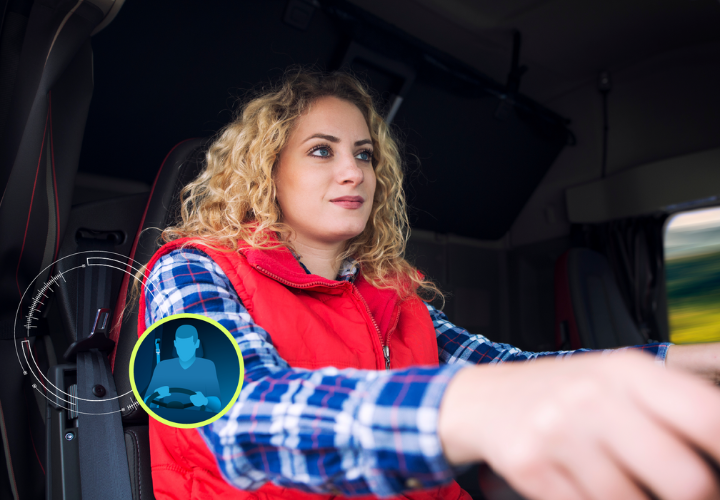While we may not be zipping around in flying DeLoreans or on hoverboards or eating a full three-course dinner in pill form, what was once the vision of the future has undoubtedly been realised.
The robot assistant was the staple of 1950s sci-fi as the hired help which took the stress and strain out of daily life. Artificial Intelligence (AI) and Machine Learning (ML), two buzz phrases of the last couple of years, are the modern-day equivalents. They do the hard work, so we don’t have to – supposedly.
A history of looking ahead
The logistics industry has always embraced technological change, from mainframe computers which managed inventory to making full and efficient use of the mobile data revolution which transformed fleet tracking. Each innovation proved itself to be a foundation of the next, but AI has the capability to be the biggest of them all.
The decisions that an AI system makes are no longer subject to human error by a transport manager who has their experience and knowledge pulled in several different directions at the same time. Instead, they learn from the past – the ML aspect – to develop ways of working that are autonomous, driven by data and increasingly accurate.
How can the security of goods in transit, particularly via road transport, be enhanced?
Technology can assist in this situation. Trailer door sensors can alert managers should a load be interfered with and panic buttons in the cab offer the driver an extra level of security. The vehicle can be locked down using geo-fences erected around vehicles which sound an alert should the vehicle be moved.
Load-facing cameras which can record intruders are also extremely helpful, especially for high-value stock, offering insight into what happened and potentially assist in subsequent investigations. Cameras are particularly useful should thieves be bold enough to attack moving vehicles.
GPS technology tracks vehicles so that a transport manager can find out where an asset is at any one time.
The RHA made a series of recommendations in the ‘Mission driven: A blueprint for delivery’ document based largely around the creation of specific offences and sentencing of freight and cargo offences, as well as increasing funding which can be used to support operators.
The notion of the geo-fence can be expanded upon in the future. In an ideal world, such a device would be automatically constructed around a vehicle every time it stops. This would prevent unauthorised access from almost any potential scenario.
Data as AI’s fuel
An AI system learns from the past. Decades of technological and human interactions inform a system, enabling it to optimise routes, anticipate surges in demand and even monitor a driver’s well-being. Data is collected every millisecond, and it helps create a network that learns, adapts and improves.
In a decade’s time, a logistics network might be processing as much as 200 petabytes – or 200,000 terabytes – of data annually. Every vehicle in a fleet would contribute real-time information that refines schedules, reduces emissions and delivers improved efficiency. Any delays flagged further down the itinerary are dealt with instantly and a new route planned, prioritising deliveries based on contractual urgency or perishability.
Machines looking after people
AI and ML have much more to offer alongside minutely-planned routes. Working in tandem, the two can detect fatigue in drivers and alert them to the danger in which they are placing themselves and their loads.
Meanwhile, the autonomous depot can use AI-powered robotics which load and unload cargos with precision. The smart warehouse can predict what will be needed, when and where, ensuring a truly seamless supply chain.
All this might sound too good to be true. Sadly, it is. Human interaction will still be a key component of the future of work, so we can’t retire safe in the knowledge that technology has fully taken over.
Systems might not always account for unexpected human behaviour such as breaks or delays at customs that are caused by unprecedented geopolitical tension. While ML can anticipate and factor in a lot, the minutiae of human nature maintains a degree of unpredictability.
The next, necessary step
There is a potential to AI which will almost certainly never be realised as long as different logistics companies’ vehicles navigate the country’s highways and by-ways.
Pooling data – even if it was anonymised – could drastically reduce inefficiencies across the entire logistics industry, not just one operator at a time. Fuel would only be used if it had to be, which would ease both congestion and emissions.
Sadly, it does not seem as though there is any appetite for collaboration either now or in the short-to-medium term. The fear of showing one’s hand to a competitor outweighs any potential benefits.
An exciting future
However, limitations caused by the vagaries of humans do not mean that the progress of AI has ground to a shuddering halt, having achieved everything it set out to. Far from it.
The next frontier will be a deeper integration with business intelligence platforms which allow managers to use natural language in their prompts. There will be no need for nuance and remembering to include all factors in their requests. Simply asking “How can I reduce empty running costs next quarter?” will receive the required, accurate response.
Similarly, advanced jeopardy models are also emerging, which proactively identify and mitigate risks before they materialise.
AI in the logistics industry is not about the machines taking over and the humans being able to put their feet up and take it easy. Instead, it is empowering the people who keep the country’s supply chains running. Decisions have greater, more precise effects, inefficiencies are eliminated, and a greener, more sustainable future is within our grasp.
AI in the logistics sector is here to stay, even if the deliveries might not be the goods we anticipated when we used to think of the future.




